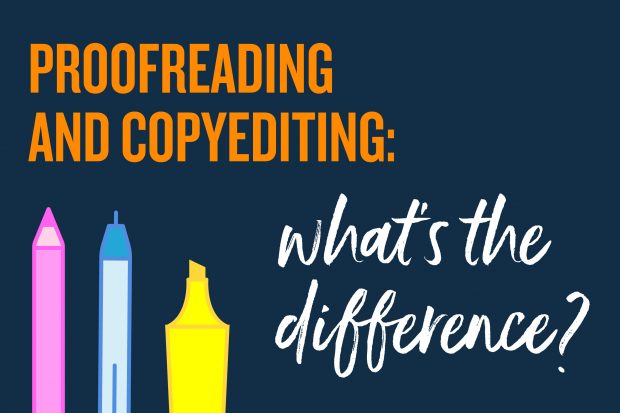
Words are at the core of government business – from annual reports to consultation responses, from public-facing communication to internal campaigns.
With tight deadlines and fast-moving policy priorities, basic writing principles are sometimes overlooked. But when it comes to government communication, every word matters.
Why?
How the government presents itself when communicating with the public affects how policies are received and understood. Good communication ensures our public services are delivered effectively.
Written government communication needs to be correct, consistent and clear for people to know what it means for them and what they need to do next. Consistent editorial rules also foster our authority and help the public to trust us.
Proofreading and copyediting are an essential in making this happen.

What is proofreading?
Proofreading isn’t just about looking for mistakes. It’s about making sure government communication is clear and consistent, right down to the smallest details.
We read a document from start to finish and recommend changes that uphold quality editorial standards.
Here’s just some of the things we review in a standard proofread:
- abbreviations and acronyms
- bullet points
- capital letters
- hyperlinks
- numbers
- punctuation
- spacing
- spelling
Proofreading can be viewed as an unnecessary or time-consuming process. But good editorial standards elevate and improve all writing. Sticking to high standards ensures government communication is accessible to all audiences and easy to understand.
As civil servants, we’re well-versed in departmental priorities, specialist terms and jargon. And as experienced creatives, we’re able to navigate these considerations while prioritising clarity and accuracy.

What is copyediting?
Copyediting is a thorough process which involves editing, cutting or rewriting copy to ensure the voice and message are consistent.
It’s particularly useful when preparing long reports, communicating dense or complex information to a non-expert audience, or working with multiple authors or contributors.
As well as covering all the consistency checks you’d expect with a proofread, a good copyedit also ensures that your document flows as a compelling and cohesive piece.
A typical copyedit would consider:
- voice and tone
- repetition
- clarity
- length and narrative flow
- structure
- active vs passive language
We’ll always discuss a copyedit with you first, so you can tell us exactly what’s needed. You might be looking to cut words or align multiple voices within one piece. You might be wary of repetition or simply be striving to make your words as compelling as possible.

Copyediting in action
Here’s a sample of text before it’s been copyedited:
MOJ came to Design 102 to capture a sporting event at HMP Downview. The Twinning project, set up by former Arsenal FC owner and vice chairman David Dein, pairs professional clubs with local prisons; to use football as a catalyst for positive change.
During the shoot, we faced a number of difficulties, mainly due to restrictions of who could and couldn’t be filmed. However, using clever editing and long lenses to focus on specific faces amongst the crowd, we managed to capture the atmosphere effectively. Specifically focusing on contributors and offenders interacting, enjoying the experience provided by the Arsenal coaches.
The video features a range of interviews which include David Dein and former England star Alex Scott. Each voice providing a different perspective on how the scheme has successfully impacted the lives of offenders lose in numerous ways. Stylistically we wanted to use inspirational music and a blend of slow motion in the cut to emphasise people’s expressions in order to match the positive message of the video.
And here’s the copyedited version:
MoJ asked us to capture a sporting event at HMP Downview. The Twinning Project, set up by former Arsenal FC owner and vice chairman David Dein, pairs professional clubs with local prisons to use football as a catalyst for positive change. We knew the shoot would be a challenge, mainly because of restrictions on who could and couldn’t be filmed.
Using clever editing and long lenses to focus on specific faces among the crowd, we managed to capture the atmosphere effectively. We focused on contributors and offenders interacting and enjoying the experience, using inspirational music to emphasise the positive message. The video also includes interviews with David Dein and former England star Alex Scott.
As you can see, a good copyedit makes the piece purposeful and clear.
Improving government communication is at the heart of what we do, because we believe that well-written copy makes a difference.
If you’d like to know more about Design102 or you’ve got a project we can help with, just drop us a line at hello@design102.co.uk
For regular Design102 updates ...